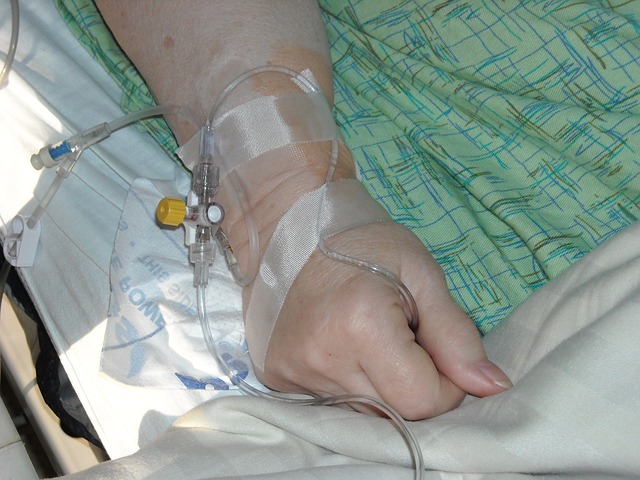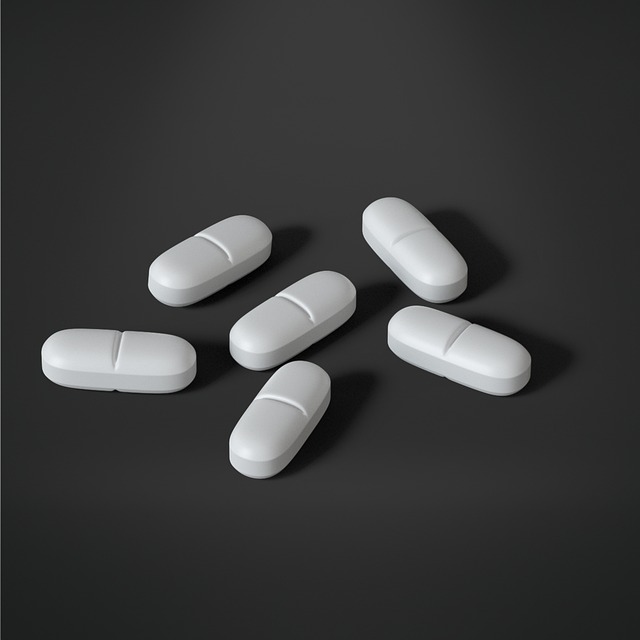Podcast: Play in new window | Download (Duration: 14:47 — 6.8MB) | Embed
Moxifloxacin is a fourth-generation fluoroquinolone that works by inhibiting bacterial DNA gyrase and topoisomerase IV—two enzymes essential for DNA replication, repair, and transcription. By blocking both targets, it provides broad-spectrum activity against gram-positive, gram-negative, and atypical pathogens. Its enhanced gram-positive coverage, especially against Streptococcus pneumoniae, distinguishes it from earlier fluoroquinolones like ciprofloxacin.
Pharmacokinetically, moxifloxacin has excellent oral bioavailability, meaning the PO and IV doses are essentially interchangeable. It distributes well into tissues like the lungs and sinuses, making it a frequent choice for respiratory infections. With a long half-life of about 12 hours, once-daily dosing is standard.
Adverse effects are similar to the fluoroquinolone class, with concerns including tendonitis and tendon rupture, QT interval prolongation, CNS effects like confusion or agitation—particularly in older adults—and the risk of peripheral neuropathy. Moxifloxacin is especially notable for a higher propensity toward QT prolongation compared with some of its peers, making it important to avoid in patients with existing QT issues or those taking other QT-prolonging medications.
Be sure to check out our free Top 200 study guide – a 31 page PDF that is yours for FREE!
Support The Podcast and Check Out These Amazing Resources!
Meded101 Guide to Nursing Pharmacology (Amazon Highly Rated)
Guide to Drug Food Interactions (Amazon Best Seller)










